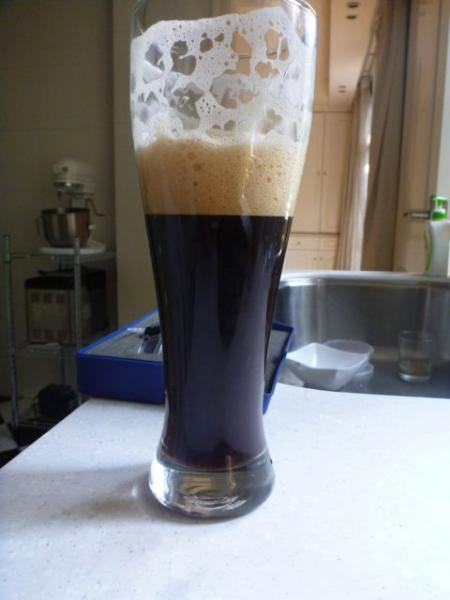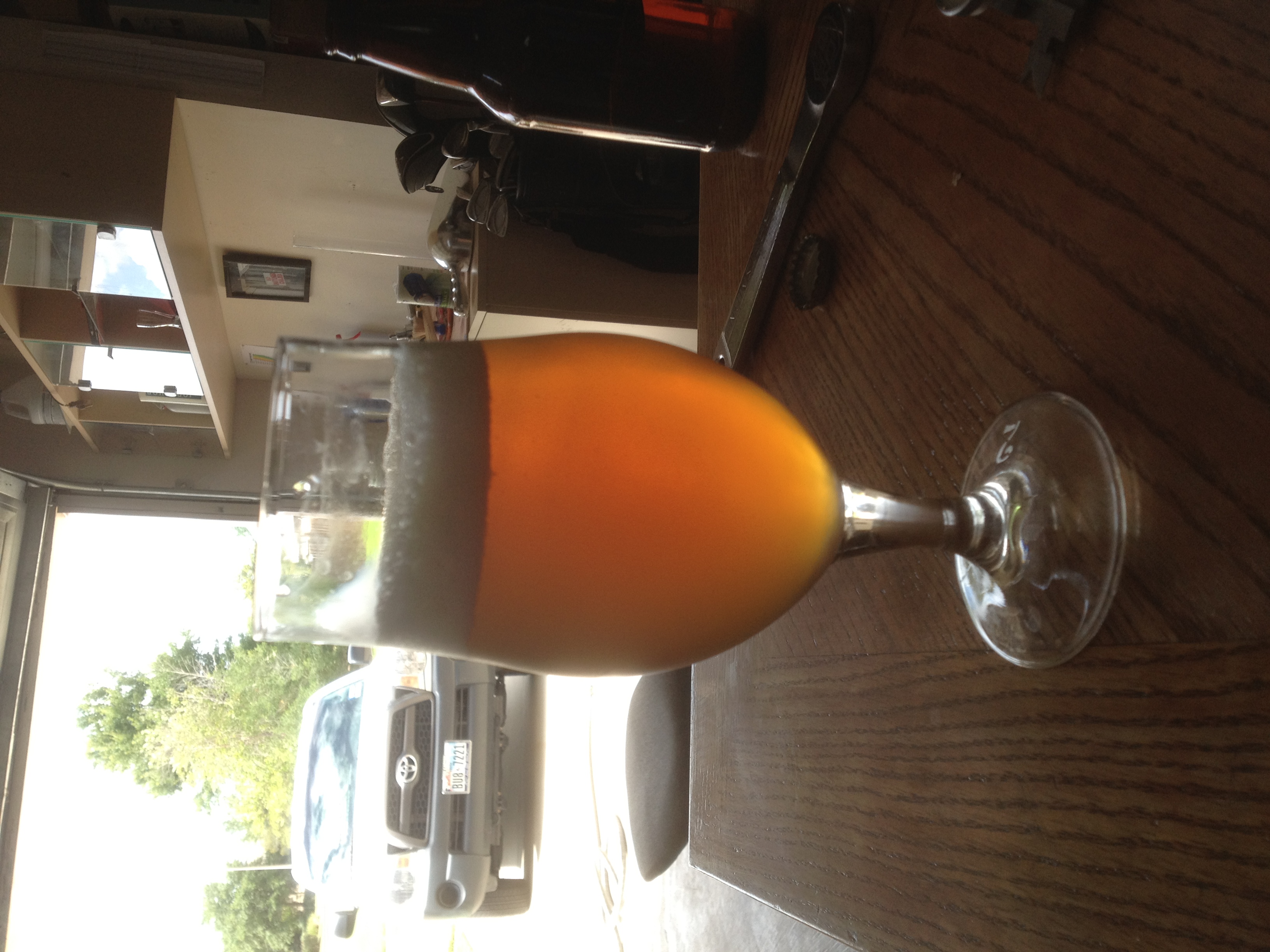berebrando
Well-Known Member
Wow, I can't believe this is the first time I've come across this thread! I have been researching all-brett fermentations for a while and finally took the plunge today. I've listened to the BN show with CY, reviewed his slide show, listened to every BN show with wild/lambic/sour brewers, and reviewed CY's Brett Project website (i can understand a little bit of it). Here's what I have:
Starter 1: moderately aerated, 2L starter with 2 vials of WLP 644
Starter 2: moderately aerated, 2L starter with 1 vial of each of WLP 650 and WLP 653 (i wanted two vials of 650, but the LHBS was out)
I was aiming for a lager-like starter size, hence the 2 vials and the 2L, using the yeast calc website, these starters are expected to get me in between the lager and ale pitch rates. But, it looks like the research is showing extraordinary doublings. If I had seen this thread before building my starters, I probably would have used 1 vial each, but oh well. Either way, it will be interesting to see what these pitch rates result in.
I'm brewing an american pale-type (10g batch with 12# maris otter, 6.5#wheat malt, 2# rye malt, 12oz cpils, and 8oz munich, hopped to about 20 ibu with chinook & citra. it will be hoppy, but not as hoppy as my normal pale) beer a week from tomorrow and I will try to remember to return with results. (This is a fantastic post and an amazingly fascinating experiment!)
Starter 1: moderately aerated, 2L starter with 2 vials of WLP 644
Starter 2: moderately aerated, 2L starter with 1 vial of each of WLP 650 and WLP 653 (i wanted two vials of 650, but the LHBS was out)
I was aiming for a lager-like starter size, hence the 2 vials and the 2L, using the yeast calc website, these starters are expected to get me in between the lager and ale pitch rates. But, it looks like the research is showing extraordinary doublings. If I had seen this thread before building my starters, I probably would have used 1 vial each, but oh well. Either way, it will be interesting to see what these pitch rates result in.
I'm brewing an american pale-type (10g batch with 12# maris otter, 6.5#wheat malt, 2# rye malt, 12oz cpils, and 8oz munich, hopped to about 20 ibu with chinook & citra. it will be hoppy, but not as hoppy as my normal pale) beer a week from tomorrow and I will try to remember to return with results. (This is a fantastic post and an amazingly fascinating experiment!)

























































![Craft A Brew - Safale BE-256 Yeast - Fermentis - Belgian Ale Dry Yeast - For Belgian & Strong Ales - Ingredients for Home Brewing - Beer Making Supplies - [3 Pack]](https://m.media-amazon.com/images/I/51bcKEwQmWL._SL500_.jpg)






